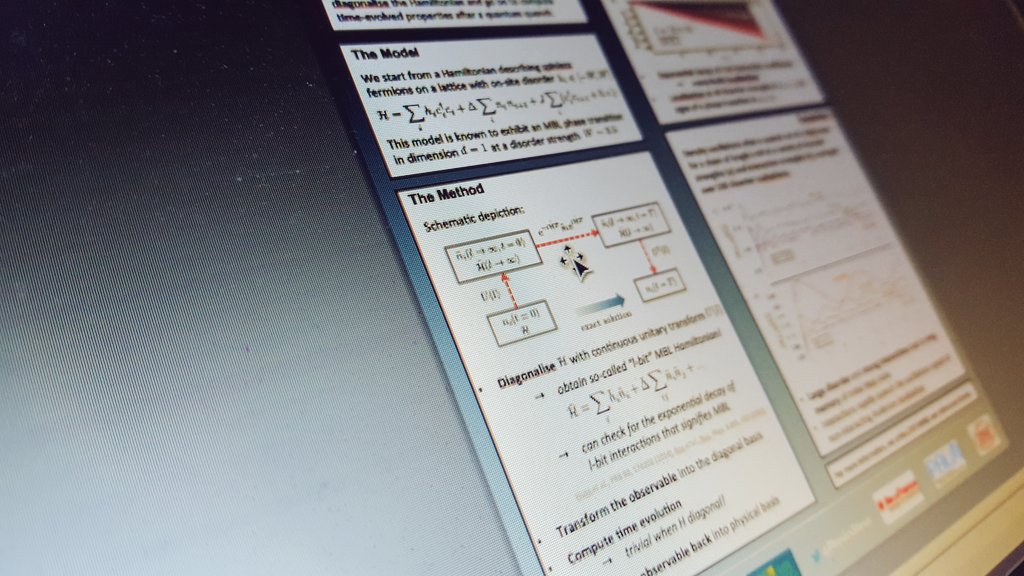Disordered Quantum Matter
It’s been known for over a millenium that adding carefully controlled impurities into materials can change and even improve their properties: in the quantum world, this is more true than ever before.

Since the Crusades, blacksmiths have known that adding carefully controlled amount of carbon into swords could dramatically improve the properties of their blades. The pinnacle of this was the fabled Damascus steel: modern research has shown that Damascus steel swords actually contain carbon nanotubes, making them arguably the first commercial application of nanotechnology.
In the modern world, chemical doping is a vital tool in semiconductor electronics, but we can go further than that. Random impurities are usually thought of as detrimental to material properties, but in fact they can trigger the formation of wholly new exotic phases of matter with a vast array of potential technological applications.
In particular, one of the main focuses of my research is a phenomenon called many-body localisation (MBL). MBL occurs when disorder prevents an interacting material from reaching thermal equilibrium. These enigmatic phases of matter display quantum mechanical properties more commonly seem in delicate, low-temperature experiments, yet their failure to equilibrate renders them largely insensitive to thermal effects. This means that their quantum mechanical properties are unusually robust, and MBL could be a mechanism by which we can stabilise and protect quantum mechanical effects that would usually be destroyed outside of controlled lab conditions.
